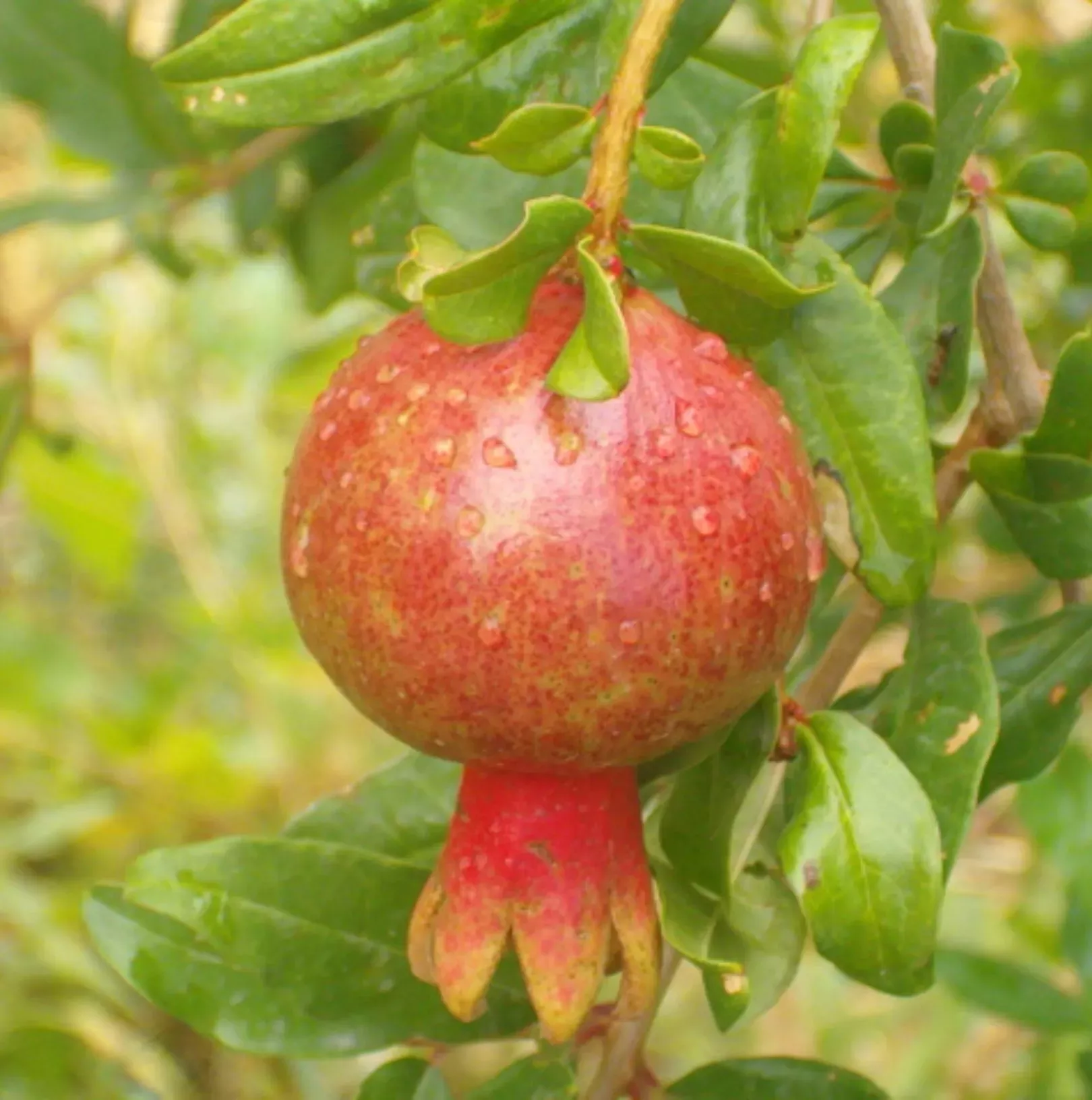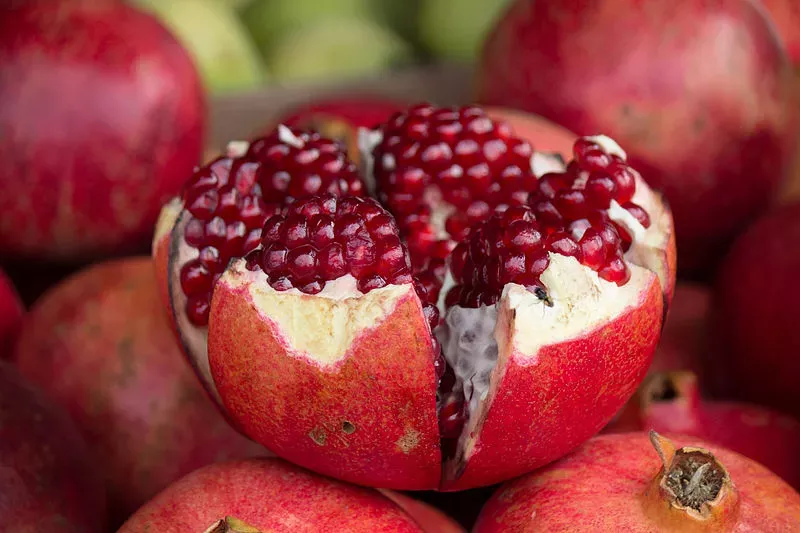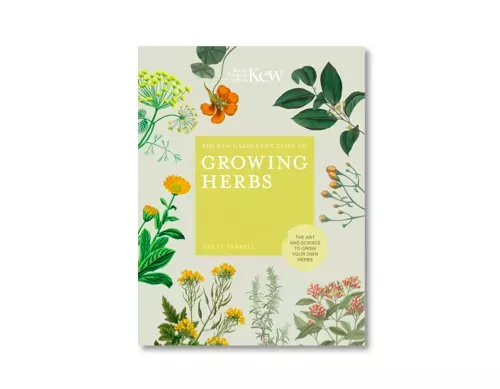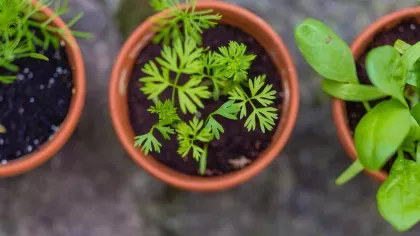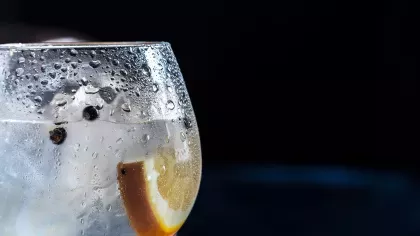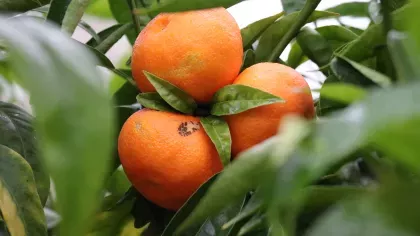8 June 2020
5 plants behind your favourite cocktails
From mint to quinine, discover the amazing plant ingredients that make cocktails so tasty.

A mouth-watering mix of juices, fruit, syrups and alcohol, cocktails are a favourite alcoholic drink.
From tree bark to herbs, we round up the plant heroes essential to the art of cocktail-making.
1. Fever tree (Cinchona spp.)
An essential component in a classic gin and tonic, tonic water compliments the fruity flavour of gin and gives it a tangy taste.
The origin of this clear, fizzy liquid is the amazing fever tree.
The fever tree (Cinchona spp.) is native to the eastern slopes of the Andes with a range across Ecuador, Peru and Bolivia.
Contained in the bark is an alkaloid called quinine. The tree produces it to ward off insects and it gives tonic water that recognisable bitter taste.
In the 17th century, quinine was used as a fever medicine in South America. The tree was also thought to have curative properties and was used in treatment for malaria.
Gin St Clements
Combine orange and lemon juice for a refreshingly different gin cocktail.
Ingredients
50ml gin
150ml bitter lemon
Juice of one orange (approx 150ml of juice)
Ice cubes
Method
1. Place the ice in a glass, and pour over the gin.
2. Add the bitter lemon and fresh orange juice to taste. Give it a stir, and enjoy.
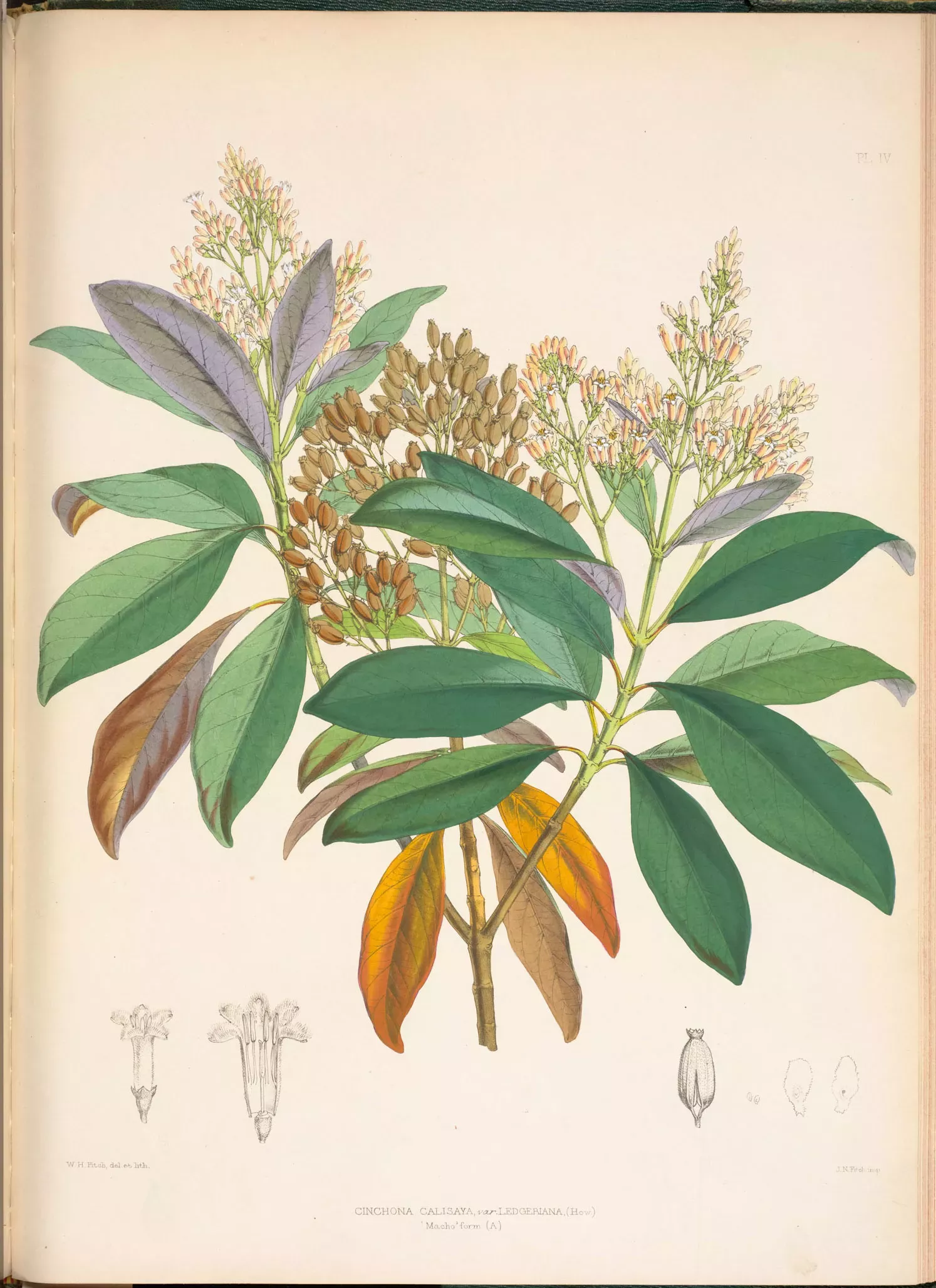

2. Juniper (Juniperus)
Gin is made from a neutral spirit flavoured with botanicals (seeds, berries, roots, herbs and fruit).
Gin relies on plant ingredients to give it flavour. Distilleries steep the neutral spirit with botanicals to extract essential oils and achieve the delicious taste.
The most important botanical in this process is juniper (Juniperus). Gin must contain juniper to be officially classed as a gin.
Juniper is an evergreen tree that has thin needle-like leaves. Berries from the tree are used to flavour gin. You might also use them to enhance food dishes like casseroles or marinades.
Common juniper (Juniperus communis) is native to the UK and Europe. Our Millennium Seed Bank has 51 collections of the UK's native juniper trees.
With pests and diseases such as Phytophthora austrocedri threatening juniper trees, these collections are important to preserve the nation's favourite tree seeds.
Juniper pairs well with other botanicals like lavender and eucalyptus, which we collect in the Gardens to be used in Kew gin.
3. Mint (Mentha)
Mint brings a fresh, zesty taste to drinks like the mojito, the ultimate refreshing cocktail on a summer's day.
It's a versatile plant and can be grown in beds, pots and even windowsills.
To keep your plant healthy, keep cutting leaves to encourage new growth.
Like most herbs, mint is best used fresh. This is when the volatile oils in the leaves are at their most intense, giving a bigger flavour kick. You can also freeze mint after you pick it, as it will help to preserve flavour.
As well as its use in cooking, mint is also used in many of our everyday products like mouthwash, toothpaste and chewing gum.
Menthol is extracted from its essential oil and is the compound used in these products. It gives a cooling, tingling sensation as it triggers receptors in our mouths that respond to cold temperatures.
Mojito
Ingredients
Juice of 1 lime
1 tsp of sugar
Soda water
A handful of mint leaves
60ml white rum
Method
1. Mix the lime juice, sugar and mint leaves in a jug. Crush the mint leaves as you do this, which will release their flavour.
2. Pour into a glass and add a handful of ice. Pour in the rum and mix.
3. Top with soda water and a mint garnish.

4. Coffee (Coffea)
Not just for breakfast, coffee is used in a variety of popular boozy cocktails like the espresso martini.
The coffee beans we're familiar with are actually the roasted seeds of coffee (Coffea) plants.
Coffee beans go on an epic journey from plant to cup, as they go through a lengthy sorting, drying and roasting process.
Whilst there are 124 species of coffee, Coffea arabica is the most widely used. It is a small tree that grows between 2m and 8m, with evergreen leaves, white flowers and red fruits.
Scientists at Kew have found that wild arabica coffee is endangered, mainly because of deforestation, climate change, and the spread of diseases.
Our research into wild species of coffee and how to protect them could help us develop a tasty cup of coffee that supports both livelihoods and protects one of the world's most popular drinks.
Espresso martini
Ingredients
100g caster sugar
100ml vodka
50ml freshly brewed coffee
50ml coffee liqueur
Ice
Method
1. Make sugar syrup by heating the sugar with 50ml of water in a small pan.
2. Leave the syrup to cool. Once cold, pour 1tbsp into a cocktail shaker with a handful of ice, the vodka, freshly brewed coffee and coffee liqueur.
3.Shake for 30 seconds, or until the mixture is cold.
4.Strain into chilled glasses and enjoy.
5. Pomegranates (Punica granatum)
Pomegranates are a secret ingredient in many cocktails.
These bright red fruits are behind a syrup called grenadine, which is used in cocktails like Tequila Sunrise. The syrup is made from the fruit's juice and sweetened with sugar.
Native to Middle Eastern countries like Afghanistan, Iran and Pakistan, the pomegranate plant is a large shrub or small tree that has evergreen leaves and bright orange flowers.
The round fleshy fruit of the pomegranate plant contains two layers. The outer, hard later is called an epicarp, and the inner soft layer is called a mesocarp.
The inner mesocarp forms distinct chambers containing seeds with a fleshy covering. These are the seeds we buy in the supermarket to eat and add to dishes like salads and couscous.
Pomegranates have been celebrated for thousands of years by many different cultures around the world.
One of these traditions is the Iranian tradition Yalda Night. This marks the winter solstice with a celebration of the victory of light over darkness, where people come together to eat pomegranate fruit.
Tequila sunrise
Ingredients
2 tsp grenadine
50ml tequila
Ice
Juice of 1 orange
Juice of half a lemon
Method
1. Pour the grenadine into the base of the glass, and set aside.
2. Shake ice, tequila, triple sec and the fruit juices in a cocktail shaker until cold.
3. Add ice to your glass, and pour the mixture over it. Don't disturb the grenadine too much, as this will give a striking layering effect in the glass.
